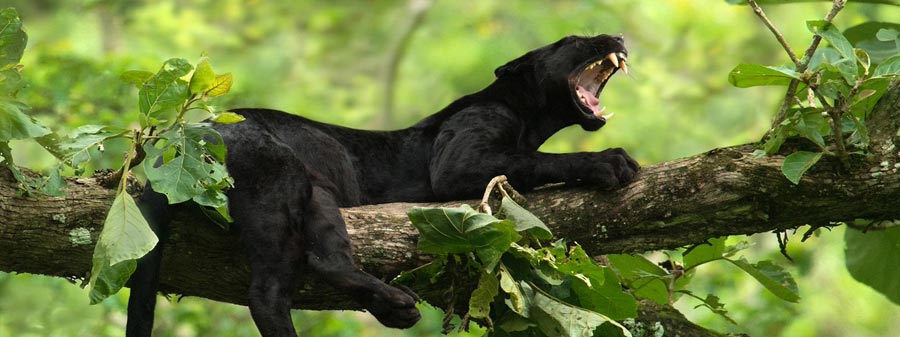Nagarahole- Chronological Reminisence, Dangers and Safety Measures
Updated [21/Apr/23]
Nagarhole National Park, formerly known as Rajiv Gandhi national park
Naga = Serpent + Hole = River/Stream in Kannada language forms the name Nagarhole National Park. The Nagarhole National Park was always in existence with a stretch of 258 sq km area and included the parts of Hatghat, Arkeri and Nalkeri forests in Kodagu. The forest used to be a hunting land for the then rulers of the Wodeyar dynasty, of the Mysore Kingdom.
History at a Glance
The Nagarhole National Park has marched a long way since 1995 to achieve the current status of tiger reserve under the Wild Life (Protection) Act, 1972.
In 1974, the adjoining forests of the mysore district were included to form the Nagarhole Game Reserve.
In 1988, it was updated to a national park with the area extending to 643.39 sq km.
In 1999, the national park was declared as a tiger reserve to flaunt the exquisite forest land, numerous small streams, waterfalls, valleys and hills, along with tigers, elephants and Indian bison.
In 1986, the Nagarhole National Park was recognised under the sphere of the Nilgiri Biosphere Reserve.
In 2003, the Nagarhole Tiger Reserve was made an extension of the Bandipur Tiger Reserve and was also included under the ‘Project Tiger’
In 2007, Nagarhole bagged the identity of an independent Tiger Reserve with 643.392 sq km as the core tiger habitat area.
In 2012, the Karnataka Government declared 204.589 sq km as the buffer zone, with the final total area of 847.981 sq km under the administration of the tiger reserve.
Probable dangers and safety measures
The Nagarhole National Park is the natural habitat of the wild animals and they might sense a feel of intrusion or endangered on close encounter with the tourists. As a consequence they might tend to attack them or try to drive away the vehicle. One such incident took place in September, 2022, when a group of safari enthusiasts was chased by a male tusker at the Nagarhole National Park. The video of the incident went viral on social platforms. When the elephant charged at the jeep the skilled driver took reverse gear immediately, ensuring the safety of the tourists.
Such incidents are likely to take place in the wildlife reserves, especially the tiger reserves. Not only animals, the safari might get strangled from sudden weather disruptions.
Therefore, before proceeding with the Nagarahole National Park Booking, take a couple of minutes to comprehend the necessary safety tips.
- Along with sunglasses, sunscreens, scarves, caps, cameras and binoculars, also include the other essentials items such as mosquito repellents, power banks, flashlights, drinking water, some eatables, and your regular medicines (if any).
- Wear covered and comfortable clothes and shoes to avoid sunburn.
- Maintain silence inside the safari premises so that the wildlife doesn't get disturbed by unnecessary sounds.
- Avoid playing loud music, as it may distract the other visitors as well as the driver, which can invite serious risk.
- Do not carry any inflammable objects and avoid smoking. A little spark can lead to forest fires.
- Avoid planning your safari trip during the monsoons. The jeep can get stuck in the mud, which is again quite dangerous.
- Teasing, feeding or going too near to the animals is strictly prohibited. Do not get down from the jeep without prior information or permission from the driver.
- If chased by any wild animal, do not panic and disturb the driver. The drivers of the Nagarhole National Park are efficiently trained to tackle emergency situations and keep the visitors unharmed.
The best thing to ensure your safety is to listen to the guide’s instructions before starting for the safari.

